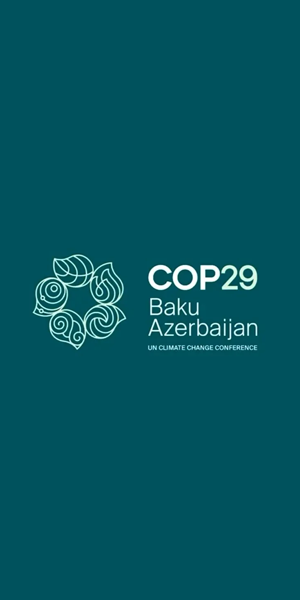Study of Melbourne weather records shows that temperatures have been steadily rising – especially during the Australian Open tennis championship.
Competitors in one of tennis’s great events – the Australian Open – are feeling more than just the pressure of competition. They’re feeling the heat as well.
New research suggests that average daily maximum summer temperatures in Melbourne are increasing at 0.8°C per decade, but have risen 1.25°C per decade during the two weeks of January when the tournament is staged in the city. In 2014, players and spectators had to endure four consecutive days that topped the 41°C mark.
“This was a particularly extreme event,” says Ben Hague, a student of atmosphere and ocean science at the University of Melbourne. “But the point of this study was to measure whether these events were happening more often. And the results suggest that they are.”
More than doubled
He reports in the Bulletin of the Australian Meteorological and Oceanographic Society that he investigated more than 100 years of Melbourne summers, but focused most intently on 27 years of half-hourly temperature records at Melbourne’s Olympic Park since 1987, when the Australian Open became a late January event.
The number of observations of temperatures of 35°C or more recorded in January has more than doubled in that time.
The hottest days are also getting hotter
by an average of 4.88°C
The number of cool days had fallen, while the number of hot days and hot nights had shown an increase. This, his study says, “has potential implications for population health, with adverse health impacts and increased mortality in Melbourne”.
Sportsmen and women are already beginning to take temperature changes into account, and Australia is no stranger to (increasingly) long, hot summers.
Scientists have already speculated that, as temperatures edge inexorably upwards because of increased carbon dioxide levels in the atmosphere − as a consequence of human activity, and especially the combustion of fossil fuels − the seemingly steady rise in marathon record times may falter.
Record temperatures
And although 2014 delivered record temperatures for four days in Melbourne, the previous year brought to Australia the hottest day, the hottest month, the hottest summer and spring, and the hottest year overall. Australian scientists firmly attributed the episode to anthropogenic warming.
Hague’s study found that, since 1911, average daily maximum temperatures throughout the entire summer had increased by 2°C, and 1.8°C of this warming had happened since 1990. The hottest days are also getting hotter − by an average of 4.88°C.
Although late January had tended to be conspicuously warmer, December, too, was getting more uncomfortable. The trend suggested that the highest temperatures in December in Melbourne in 2013 would be 5°C hotter than in December 1987.













